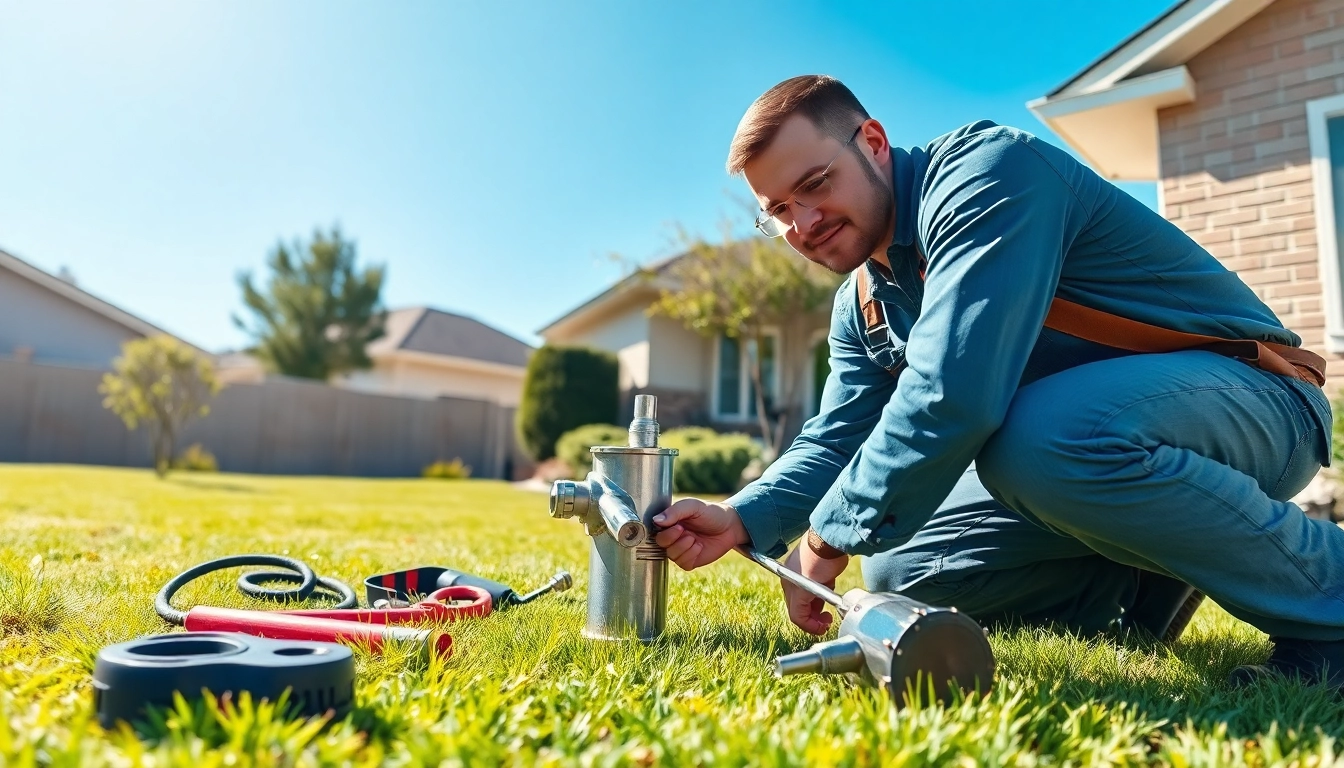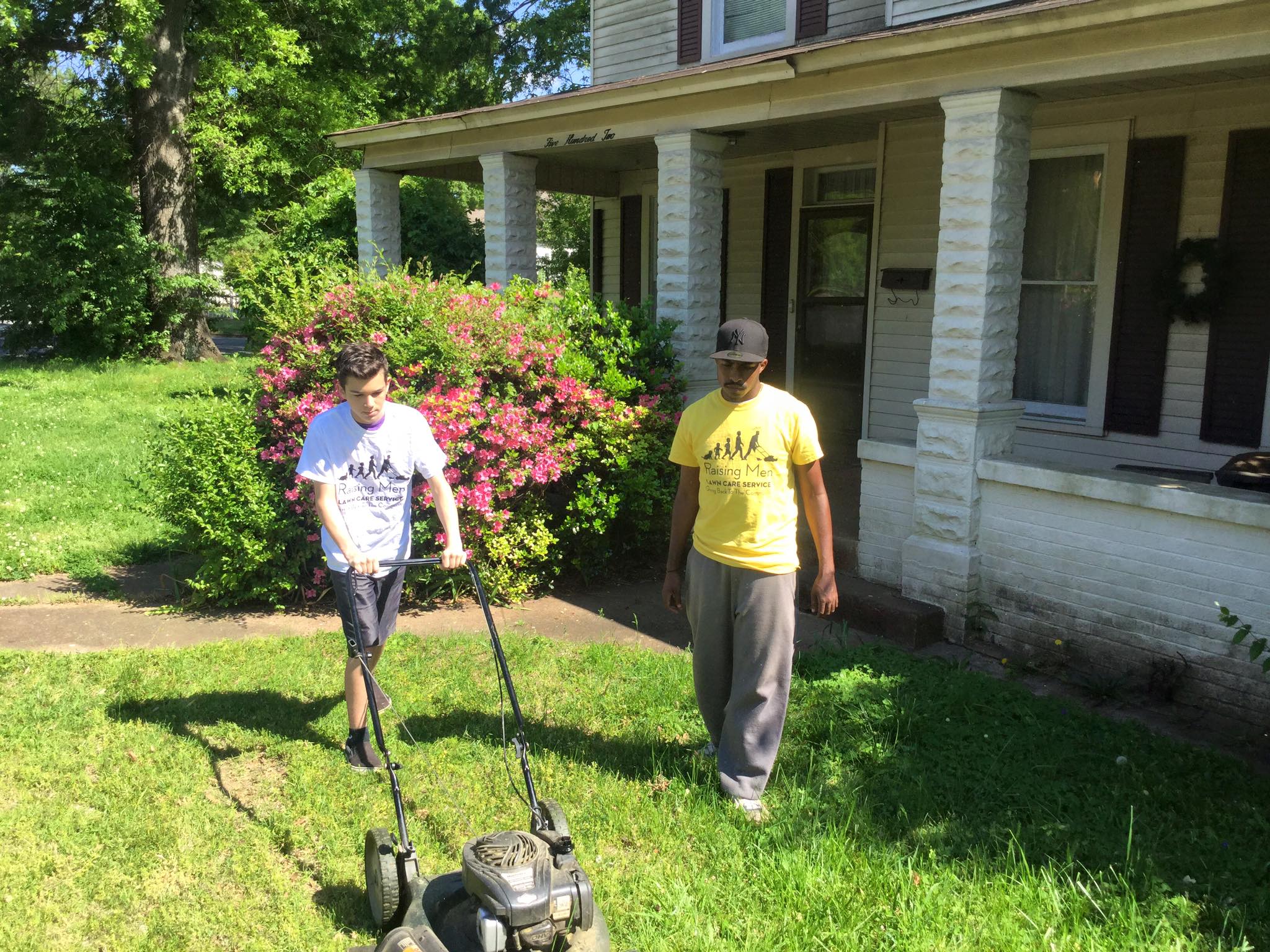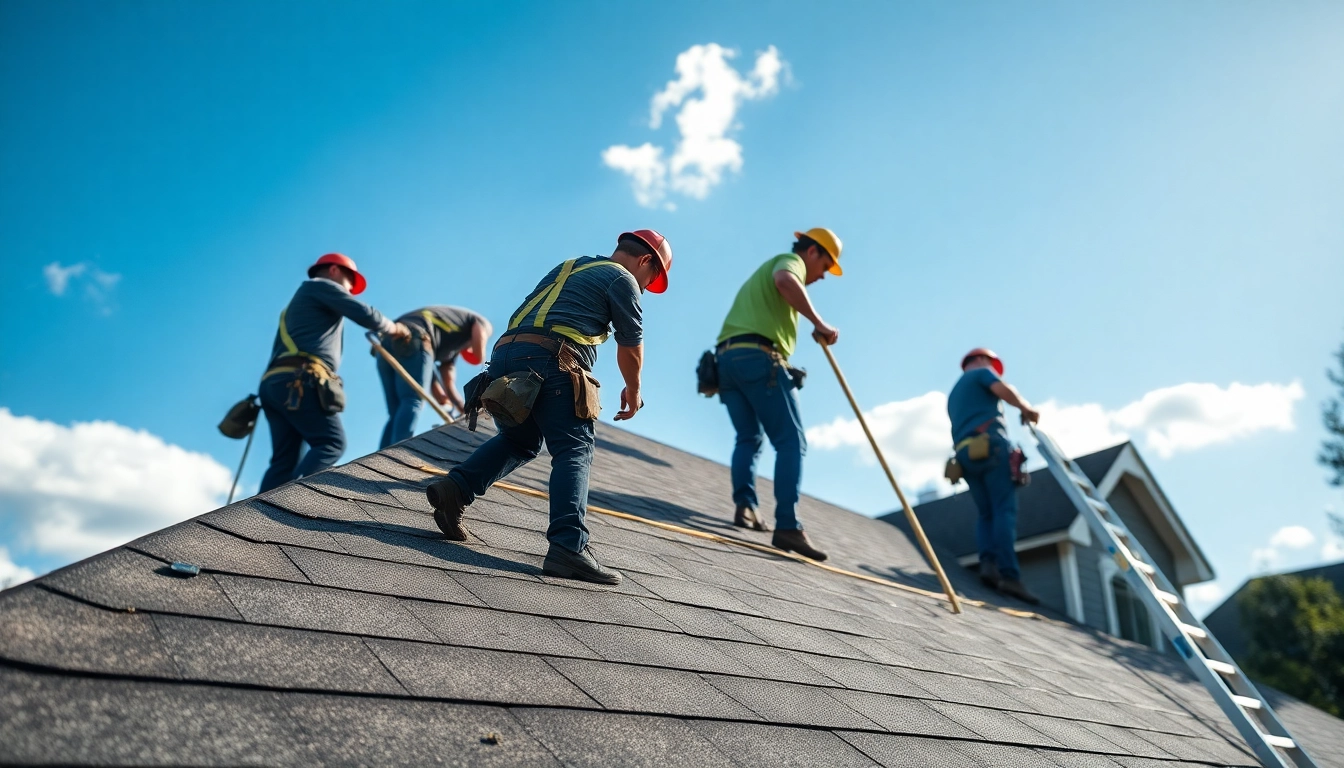Understanding Well Pump Replacement
What is Well Pump Replacement?
Well pump replacement is a crucial process for maintaining the functionality and efficiency of a private water supply system. When a well pump that draws water from the ground to your home fails, it can lead to water shortages and potentially costly repairs. The replacement process typically involves removing the old pump and installing a new one that meets the specific needs and demands of your household. In many cases, you might need to consider the type of pump suitable for your well’s depth and water usage requirements. Understanding the nuances of well pump replacement can help homeowners make informed decisions about maintenance and upgrades, ensuring a reliable water supply.
Importance of Regular Maintenance
Maintaining your well pump is essential for ensuring its longevity and efficient operation. Regular maintenance can prevent sudden failures and extend the life of your pump significantly. This includes routine inspections, testing for water quality, and checking the pressure switch settings. For example, a drop in water pressure could indicate that your pump is struggling or on the verge of failing. If caught early, such issues can often be resolved without the need for a complete well pump replacement, saving both time and money.
Signs Your Pump Needs Replacing
Knowing when to replace your well pump can be pivotal. Here are some common signs to watch for:
- Insufficient Water Pressure: Noticeable drops in water pressure may indicate potential pump problems.
- No Water Flow: If the pump does not produce water, it might be time to replace it.
- Unusual Noises: Sounds like grinding or whining can hint at mechanical issues within the pump.
- Increased Energy Costs: If your energy bills spike without an obvious reason, your pump might be working harder than it should.
- Age of the Pump: Most well pumps have a lifespan of 10-15 years. If yours is within this range and showing signs of wear, consider a replacement.
Costs Involved in Well Pump Replacement
Average Costs and Variables
The cost of well pump replacement can vary significantly based on several factors. On average, homeowners can expect to spend between $2,800 and $6,000 for a complete replacement. Variables include the type of pump being installed (submersible vs. jet pump), the depth of the well, and local labor rates. Additionally, the complexity of the installation, such as the need to replace piping or wiring, can influence the total cost.
DIY vs. Professional Help
Deciding between a DIY approach or hiring a professional for well pump replacement depends largely on your comfort level with plumbing work and the specifics of your water system. While some may be tempted to undertake the project themselves, keep in mind that improper installation can lead to further complications. Homeowners with a solid understanding of plumbing and electrical systems may save on labor costs, whereas those unfamiliar should consider enlisting professional help for a smoother and more reliable installation.
Hidden Costs to Consider
While planning for a well pump replacement, it’s also essential to consider hidden costs that may arise:
- Permitting Fees: Some municipalities require permits for water well projects that can add to your overall costs.
- Testing and Quality Analysis: Ensure that the water quality is suitable for use post-installation, which may require testing.
- Upgrades to Electrical Systems: Older homes may require updated electrical systems to accommodate new pumps.
- Disposal of the Old Pump: Fees associated with disposing of the old pump may also apply.
Step-by-Step Process for Well Pump Replacement
Tools and Materials Required
The tools and materials necessary for a well pump replacement include:
- Wrenches and pliers
- Screwdrivers
- Pipe wrenches or pipe cutters
- New pump and associated components
- Electrical tape and wire connectors
- Cable hoist (for deeper wells)
Cautions and Safety Measures
Safety should always be a priority during any well pump replacement project. Here are key cautions to keep in mind:
- Always turn off the power to the pump before starting work.
- Ensure that the area around the well is clear and safe.
- Be cautious when handling heavy equipment—consider using lifting equipment when necessary.
- Wear gloves and protective gear to avoid injury from sharp tools or heavy components.
Installation Steps Overview
Installing a new well pump involves several critical steps:
- Disconnect the Power: Ensure the pump is completely powered down.
- Remove the Old Pump: Carefully detach the old pump and any existing piping or wiring.
- Prepare the Site: Check the well for debris and ensure a clean environment for installation.
- Install the New Pump: Position the new pump into the well according to manufacturer specifications.
- Reconnect Wiring and Piping: Ensure all electrical and water connections are secure.
- Test the System: Turn on the power and check for leaks or issues with water flow.
Choosing the Right Pump for Your Needs
Different Types of Well Pumps
There are several types of well pumps available, each suited to unique situations:
- Submersible Pumps: Ideal for deep wells, these pumps operate underwater and are known for their efficiency.
- Jet Pumps: Often used for shallow wells, they are installed above ground and are more cost-effective but less efficient than submersible pumps.
- Convertible Jet Pumps: These can be configured for both shallow and deep well applications, providing flexibility based on your needs.
Factors to Consider When Selecting a Pump
When selecting a new well pump, consider the following factors:
- Well Depth: Understand how deep your well is, as this significantly influences the pump type needed.
- Flow Rate Requirements: Determine how much water your household consumes to choose an adequately sized pump.
- Power Source: Consider whether you want an electric or solar-powered pump based on your location and reliability of power supply.
- Energy Efficiency: Look for pumps that operate efficiently to reduce long-term energy costs.
Matching Pump Specifications to Well Depth
Matching the right pump specifications to your well depth is critical for ensuring optimal performance. For instance, if you have a deep well that is over 100 feet, a submersible pump would generally be more appropriate due to its better capability to push water to the surface. It’s also important to consider the head pressure in the system, which affects the pump’s efficiency and longevity. Consulting with a professional or performing thorough research can guide you towards the right choice.
Maintaining Your Well Pump Post-Replacement
Routine Maintenance Tips
Once your new pump is installed, regular maintenance will help ensure its longevity:
- Conduct visual inspections every few months to detect signs of wear or leaks.
- Test the water quality annually for contaminants that may affect the pump and household supply.
- Check the pressure switch settings at least once a year to ensure proper functioning.
Common Issues and Troubleshooting
Despite regular maintenance, you may still encounter issues. Here are solutions for common problems:
- Low Water Pressure: Check for leaks in your piping or issues with the pressure tank.
- Pump Turns On and Off Frequently: This could indicate a faulty pressure switch or a tank that requires replacing.
- Strange Noises: Sounds like clanking or grinding may be indicative of loose components or mechanical failure.
When to Call a Professional
Knowing when to engage a professional is essential. If any issues persist after troubleshooting or if the pump shows signs of significant wear, it’s best to consult with a licensed plumber or pump specialist. Their experience can save you time and ensure your system operates optimally, minimizing the risk of future issues.


